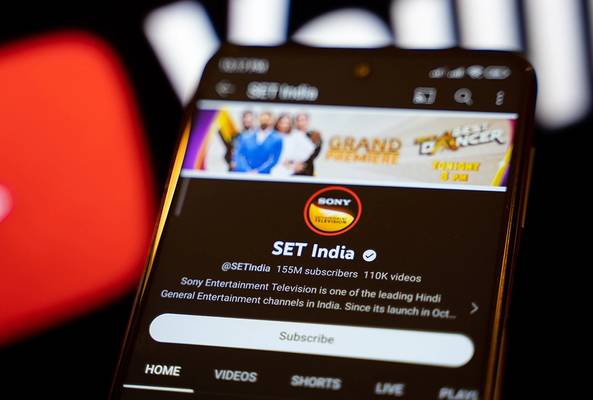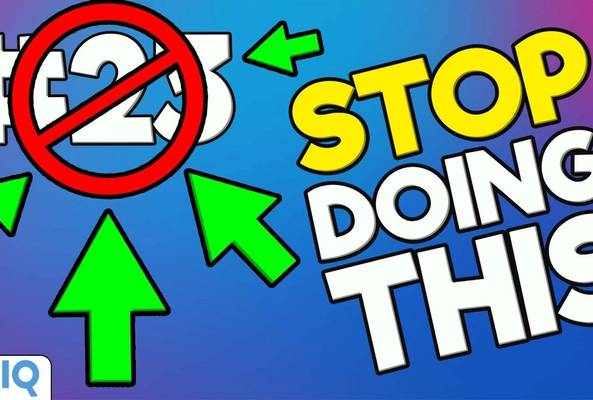Lydia Sweatt is a writer who loves balancing her article/blog time indoors with a healthy dose of nature. She bikes, hikes, and identifies edible plants along the way.
Understanding YouTube Viewers: 6 Steps to Build an Audience Persona
There are many ways to get more views on YouTube, but researching your audience is the most underrated. After all, you can only chase viral trends for so long. Eventually, viewers will need a deeper reason to stay on your channel, like getting a problem solved or enjoying your personality.
We’ll show you how to build that foundation in six powerful steps. This article will teach you how to research your viewers, create a persona to understand them better, and use that information to sharpen your YouTube strategy. Best of all, we’ll do it using free data that exists in the YouTube Studio.
First, Find the YouTube Audience Tab
YouTube’s Audience tab is the best place to learn more about your viewers, subscribers, and non-subscribers alike. It has almost everything you need to know, from viewer demographics to the type of videos your audience is watching.
Here’s how to find the YouTube Audience tab:
1. Go to the YouTube Studio and click Analytics in the left navigation bar.

2. Select the Audience tab.
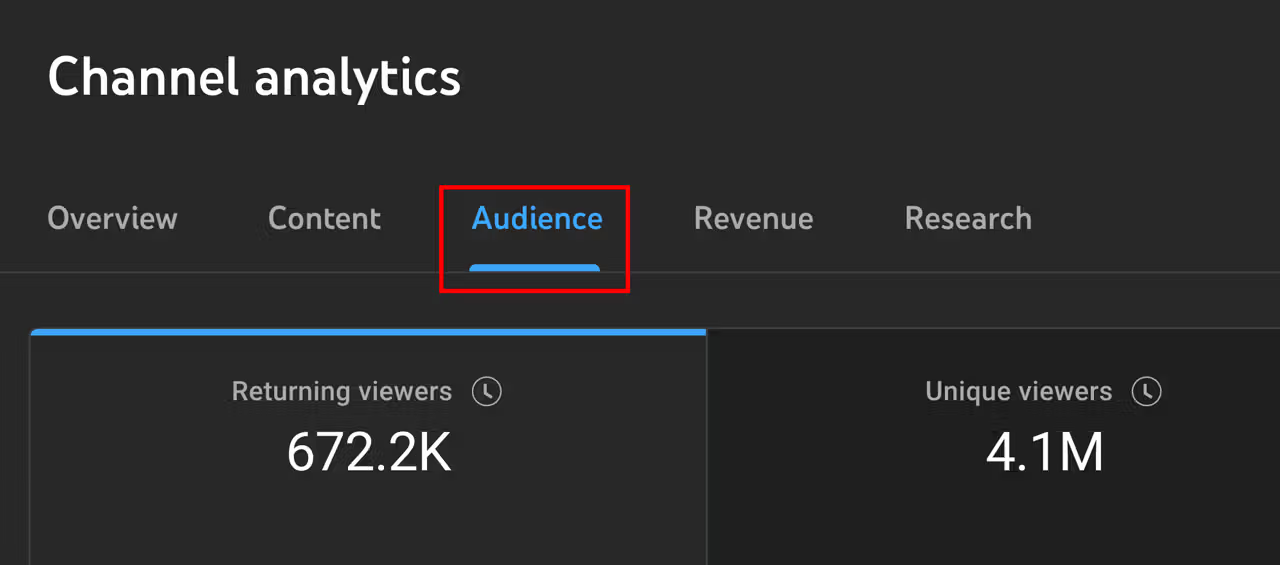
Now you’re in YouTube Wonderland, aka Channel Analytics. This page has a dashboard that shows your channel's unique viewers, subscribers gained over time, and how many new viewers return to your channel.
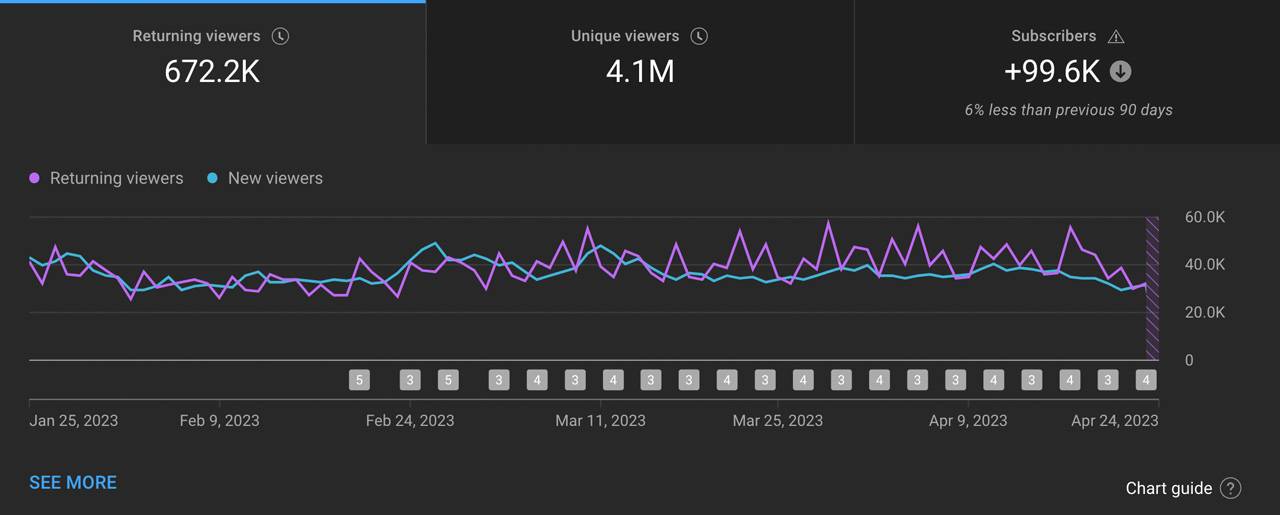
Below that is a series of panels with even more insights, but more on that later.
Building a Persona for Your YouTube Audience

A persona is a fictional character that represents your most engaged fans, and it’s one of the best ways to understand your target audience. With a persona, you’ll create a snapshot of your viewers and why they take specific actions on your YouTube channel.
Ideally, you’ll give this persona a name — Jack, Amanda, Bill, or something else. Then you’ll create a story for your character. This short narrative (around 200 words) summarizes your main viewer, from the videos they watch on YouTube to where they live. This becomes a guiding light you can reference later, especially when deciding which videos to make.
The Audience tab and all of its data will help you build an accurate persona. So let's explore it in detail, and give you the tools to develop a content strategy and make successful YouTube videos.
1. Basic Audience Demographics
If you want to know your viewers better, always start with the basics:
- Age
- Gender
- Location
- When they’re on YouTube (days and times)
- Top subtitle/closed caption languages
This will help you build the foundation of your audience persona. Knowing their age, gender, where they live, and more brings context to their YouTube behavior.

2. Other Content Your Viewers Watch
Which videos do your viewers watch when they’re not on your channel? This question is important because they interact with other creators’ content too — not just yours. To truly understand why they’re on YouTube, you need a broad understanding of what they do on the platform.
You’ll find this data on two panels within the Audience tab:
- Channels your audience watches
- Content your audience watches
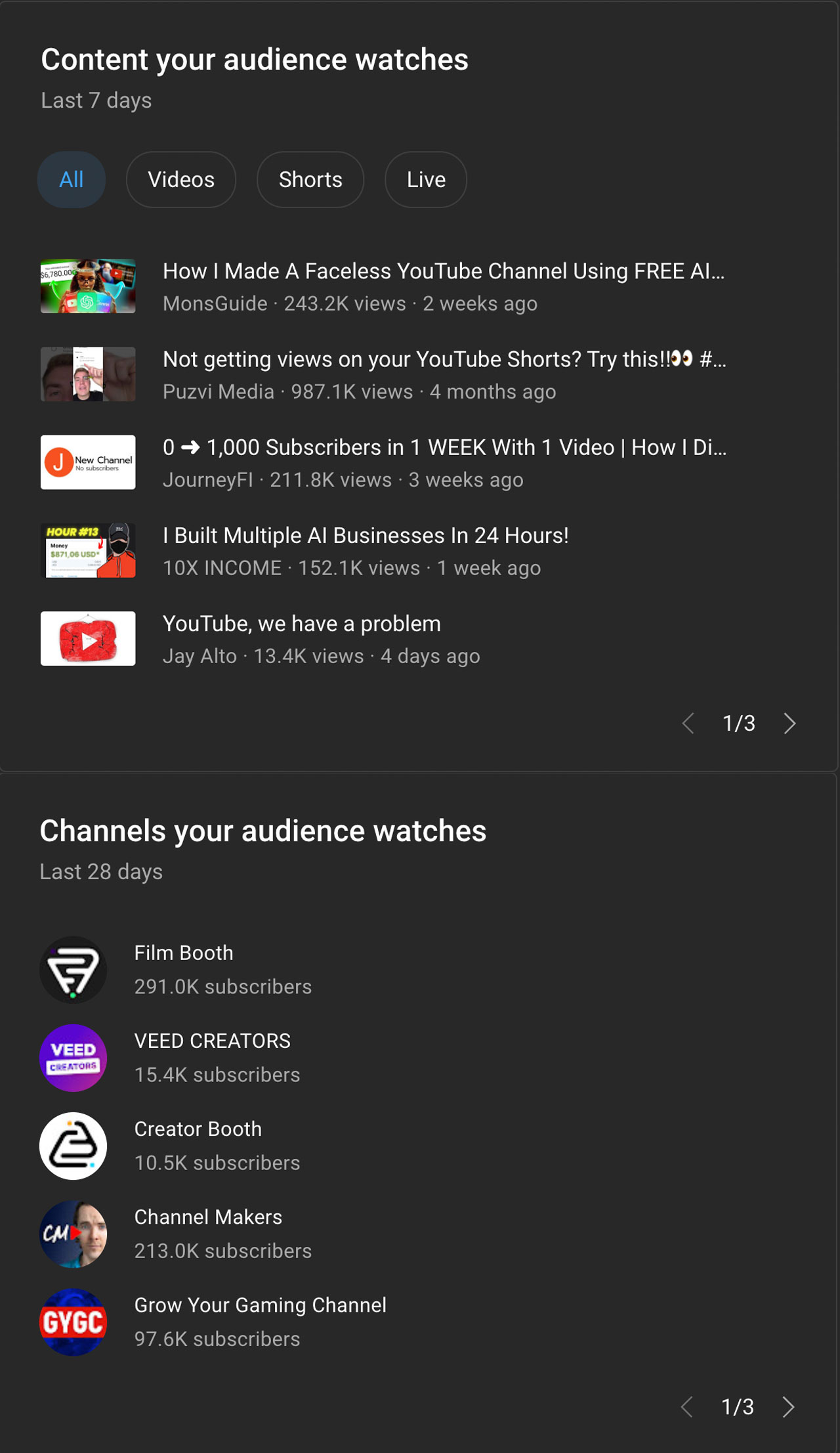
Here, you’ll learn which topics your viewers follow on YouTube and who your competitors are. It also answers a gigantic question: Why do my viewers visit YouTube?
3. New vs. Returning Viewers to Your Channel
“New viewers” is a pretty straightforward metric, but what does returning viewers mean on YouTube? Overall, it’s the number of viewers who have visited your channel before and returned to watch more content.
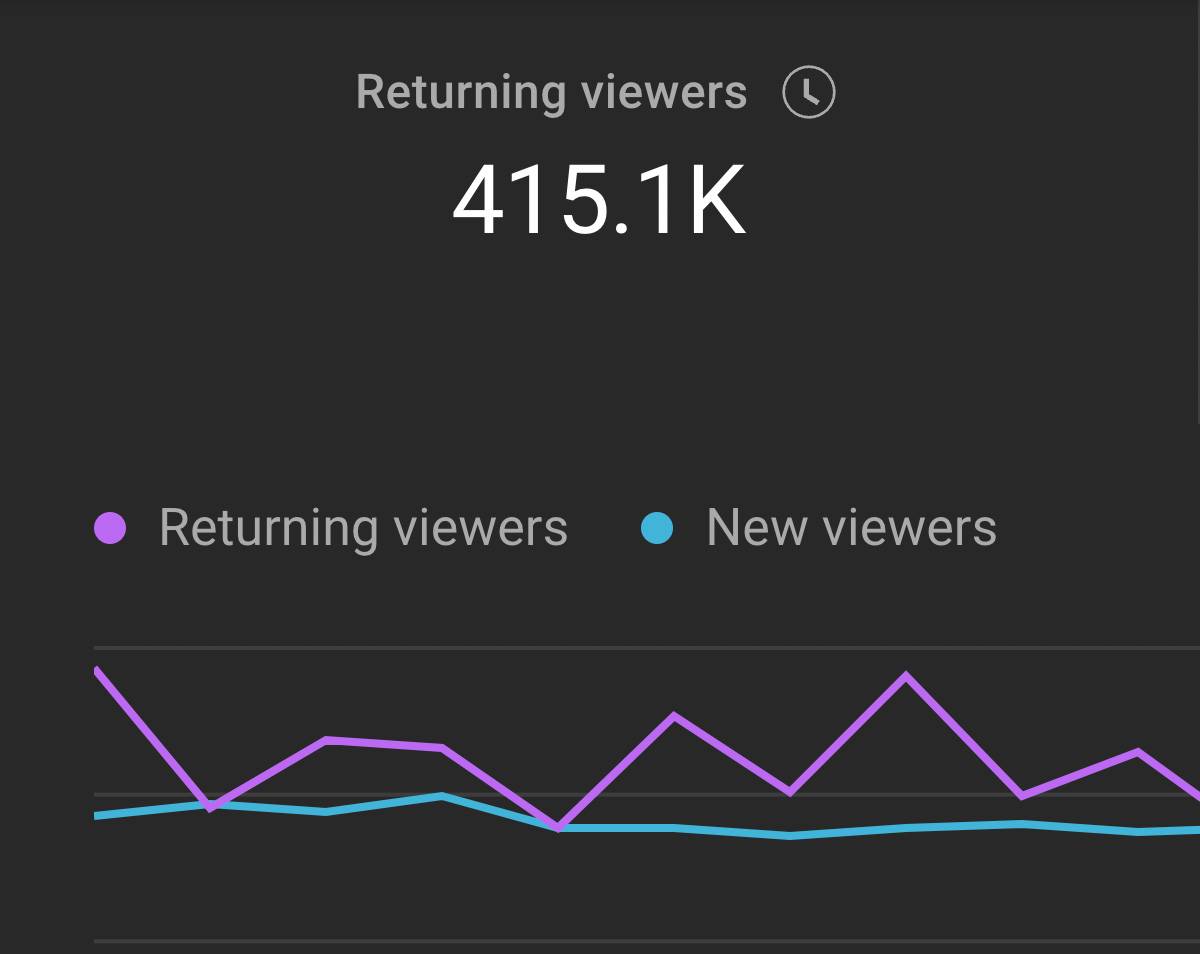
According to YouTube, the breakdown of new versus returning viewers on your channel indicates your audience's loyalty.
If you have more new viewers than returning viewers
“This indicates that viewers may watch some of your videos but are less likely to return to watch more. It’s common to see this trend among channels that upload videos about different topics, which attract different types of viewers, or 'how-to' channels, where viewers watch a video to learn how to do something but aren’t likely to return to watch more.”
If more people are “returning” to your channel versus discovering it
“This indicates that a channel has a loyal audience who is likely to return to watch more. It’s common to see this trend among channels that upload consistent content about similar topics or in a familiar format, channels with consistent hosts such as familiar faces and personalities that viewers grow to love, or channels that create popular series to keep viewers coming back for more.”
Depending on what you find, it may be wiser to target new viewers (if your channel is stagnant) or aim for loyalty (if you’re new to YouTube).
4. Videos That Bring Viewers Back to Your Channel
Now that you’re familiar with new versus returning viewers, let’s take it a step further. Which videos inspire people to return to your channel?
To find out, navigate to the Videos growing your audience panel.
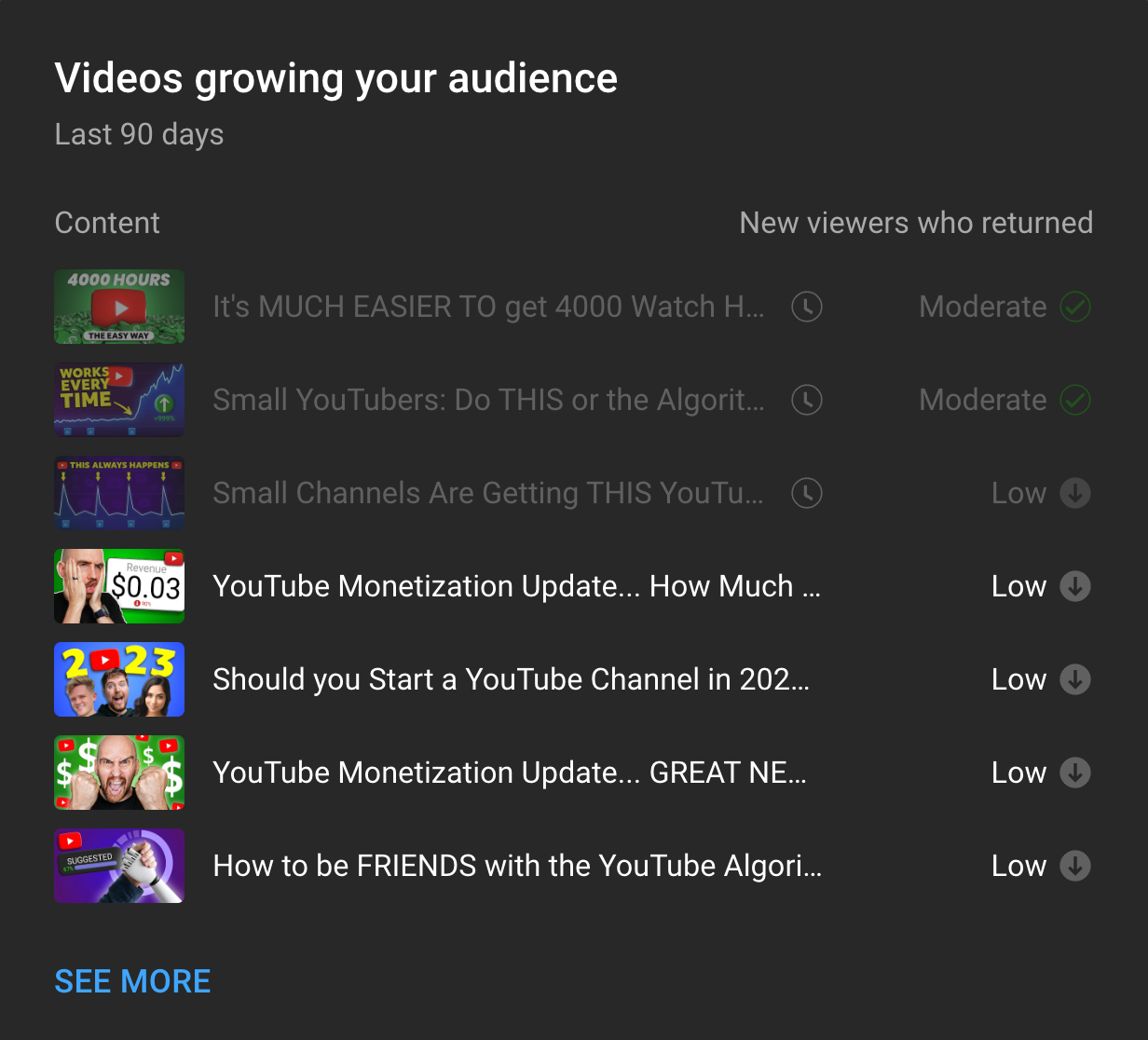
Study this panel closely, and you’ll learn which videos turn new viewers into repeat viewers!
5. Videos That Make People Subscribe
You probably know that most YouTube viewers don’t hit subscribe right away. There’s a little dance at first, where creators have to “prove themselves” by posting good videos, and viewers have to decide if the channel is right for them. Depending on the audience, you could end up “dancing” for months.
But you can end this tango by discovering which videos bring in the most subscribers. You won’t see this on the Audience tab, though, so here’s how to navigate there:
1. Go to the YouTube Studio and click Analytics in the left navigation menu.

2. Click See More below the YouTube dashboard showing monthly views, subscribers, revenue, and watch time.
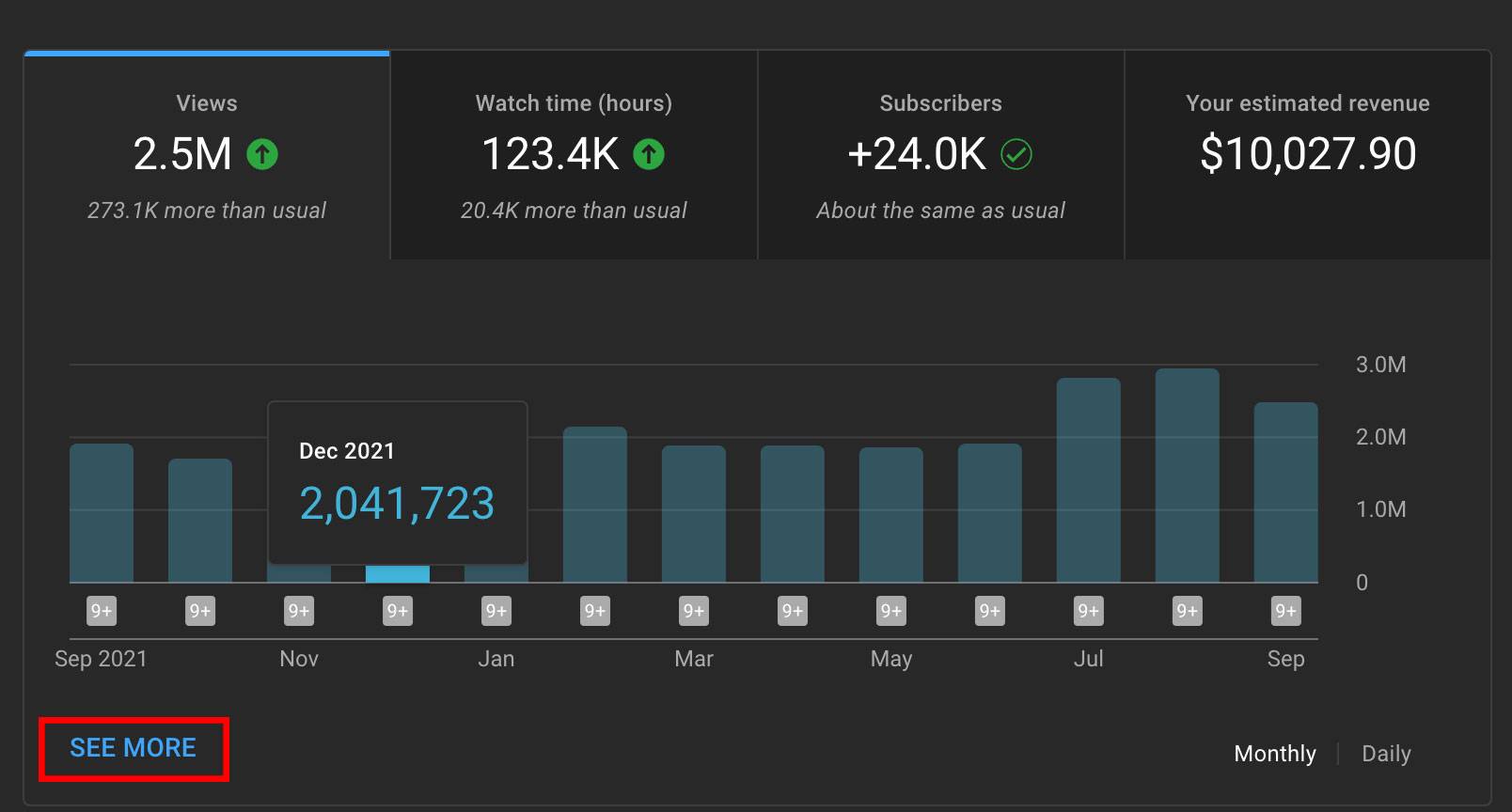
3. Select Subscribers Gained in the first filter box.

4. See which videos attract the most subscribers. Write those ideas down because you’ll need them later!
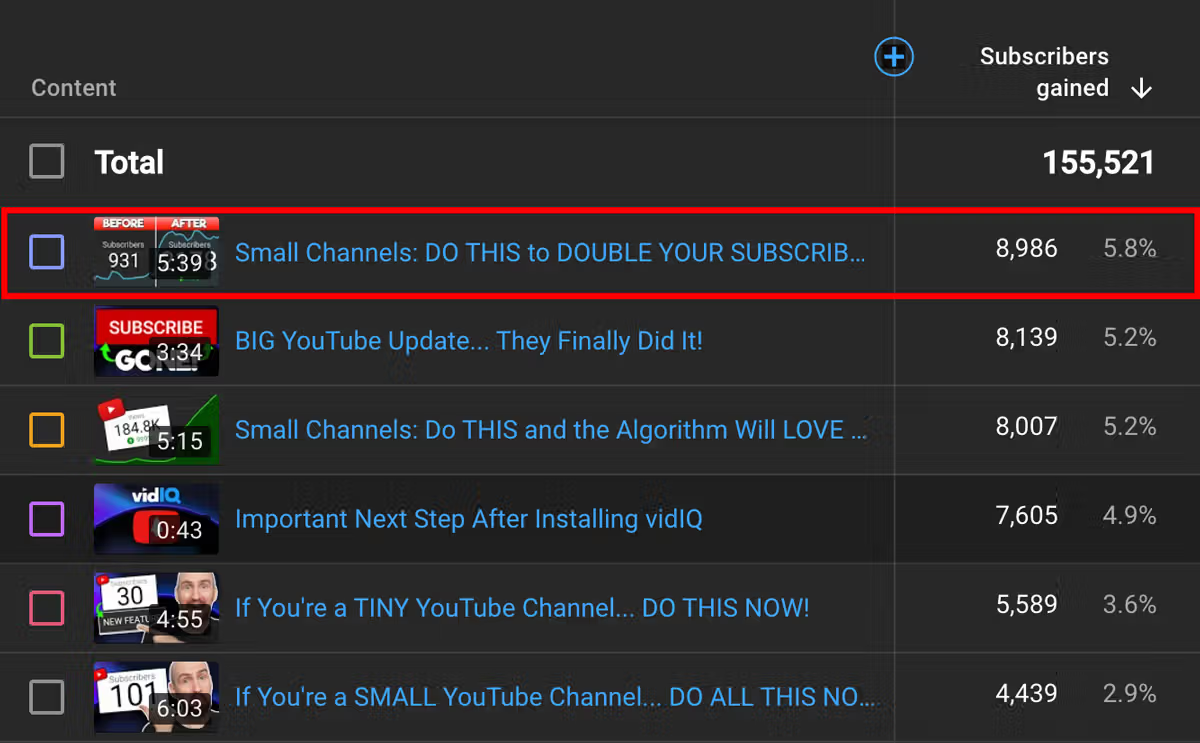
6. Videos With the Highest Watch Time
Lastly, check the Audience tab to see which videos get the highest watch time on your channel. Watch time is the total amount of time people spend watching your content, both on your channel and individual videos.
Like the previous metric, you won’t find this information on the Audience tab. So here’s how to get it:
1. Go to the YouTube Studio and click Analytics in the left navigation menu.

2. Click the Watch Time tab on the analytics graph, then click See More.
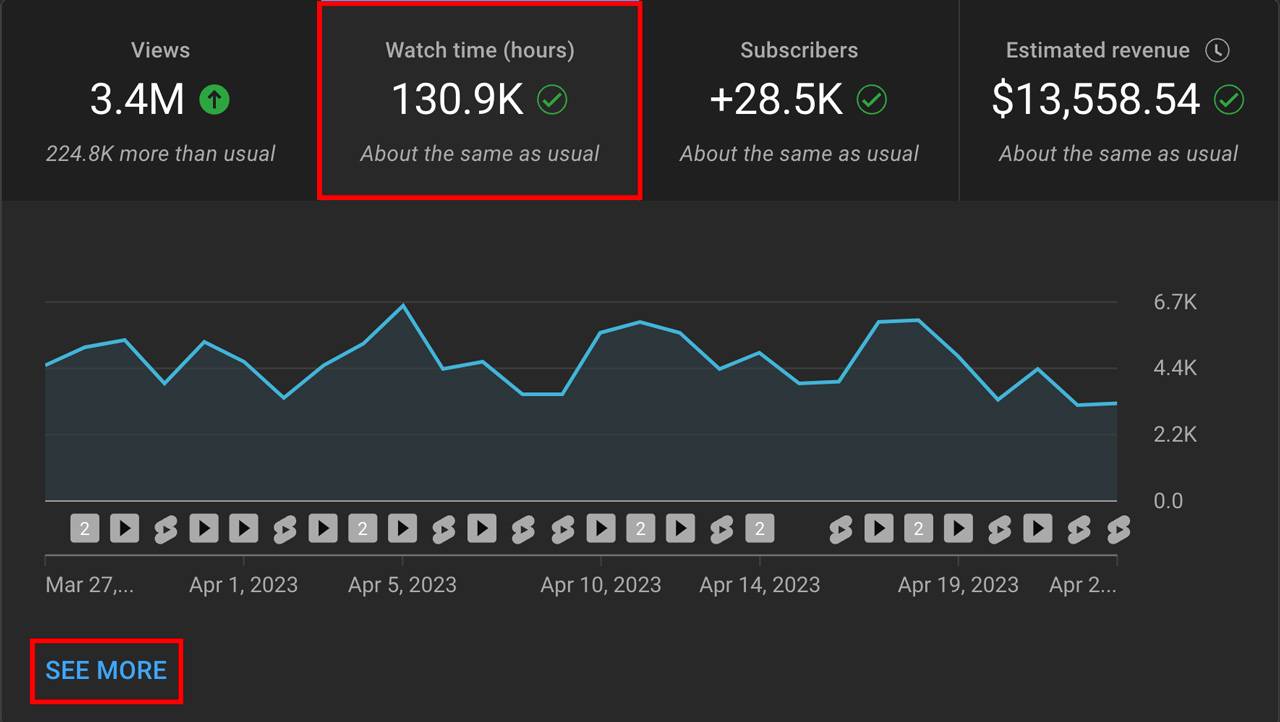
3. Next, you'll see a list of videos and the watch time they accumulated, starting with the highest amount. You can filter data by the last week, month, 90 days, year, or since the beginning of your channel. Be sure to write these videos down (perhaps the top 10).
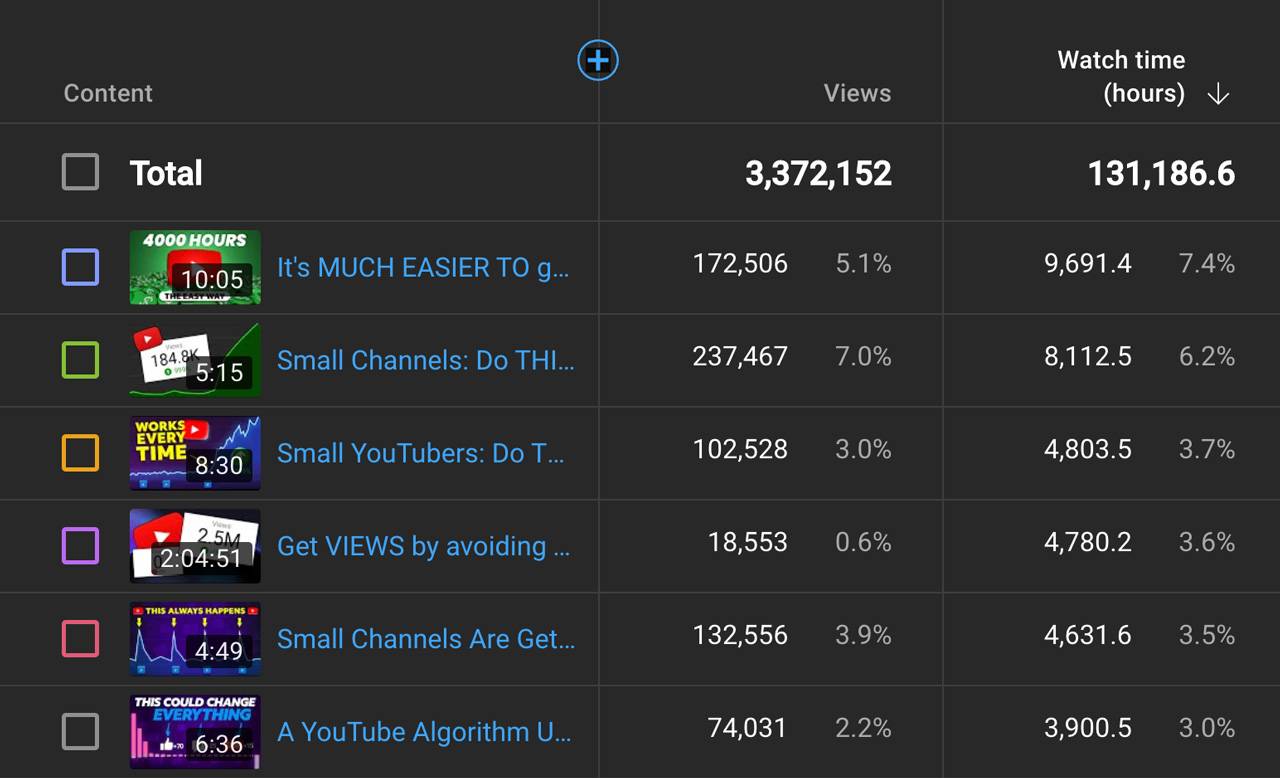
Putting it All Together: How to Build a Persona for Your Audience
By this point, you should know a few things about your audience:
- Their demographics
- How many are new versus returning viewers
- The type of videos they watch, in general
- Which videos make them return to your channel
- Which videos make them subscribe
- Which videos hold their attention (watch time)
Now it’s time to build a persona using all the information you found.
YouTube Persona Example
After completing the exercise above, here’s a basic persona we could build for the vidIQ channel:
Matt is a 24-year-old male who lives in the United States. He likes to watch channels like Film Booth, VEED Creators, Creator Booth, and Channel Makers, which means his main goal is to grow a YouTube channel. He’s interested in several topics, like how to start a faceless YouTube channel, get more YouTube Shorts views, and grow his subscribers. That’s the type of content he watches, and he typically does that on Sundays between 7 a.m. and noon.
Matt is a loyal viewer of the channel. He often returns to watch videos about monetizing a YouTube channel, achieving 4,000 watch hours, avoiding the biggest YouTuber mistakes, and growing as a small creator. To make Matt subscribe, I usually have to post videos targeted to small creators.
Steps to Take After Building Your Persona
The next step is creating videos that appeal to the needs of that persona, plus using relevant keywords that signal their deepest desires. On our channel, those phrases seem to be “small channels,” “4,000 watch hours,” and “get 1,000 subscribers.”
You should also take new versus returning viewer data into account. If you have an overwhelming amount of new viewers, maybe it’s time to “niche down” and post what they’re most interested in to build loyalty. If they’re loyal already, perhaps it’s time to experiment with other topics to reach a new yet similar audience.
When you’re ready, here’s how to test a video idea before you start filming.


